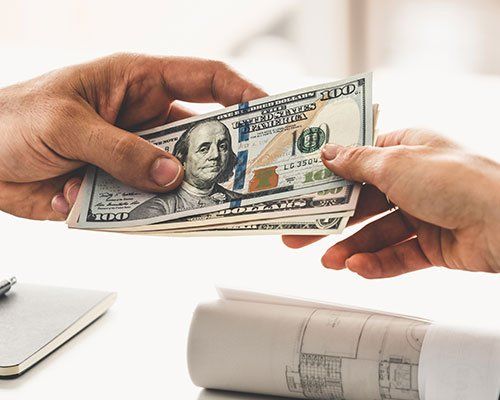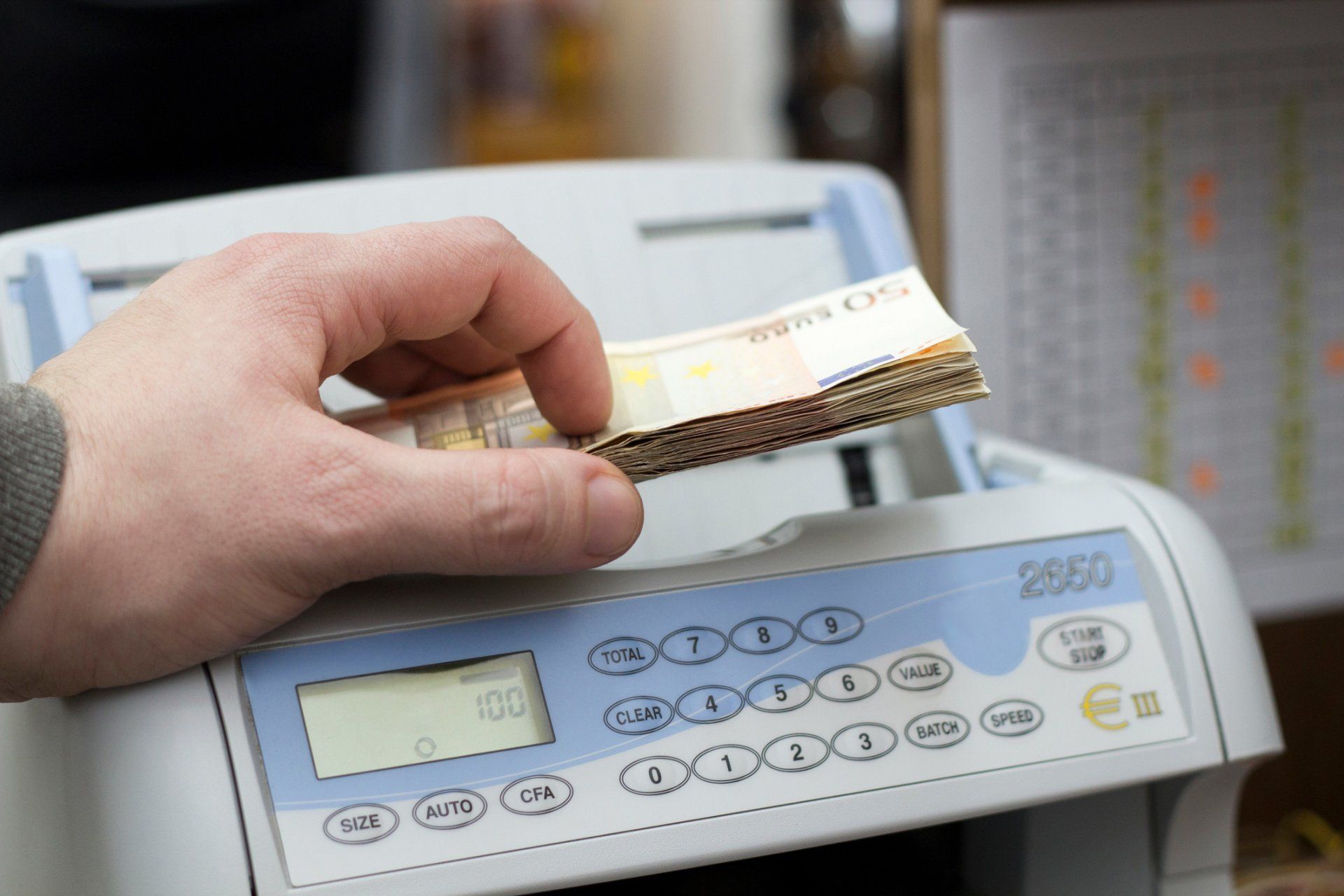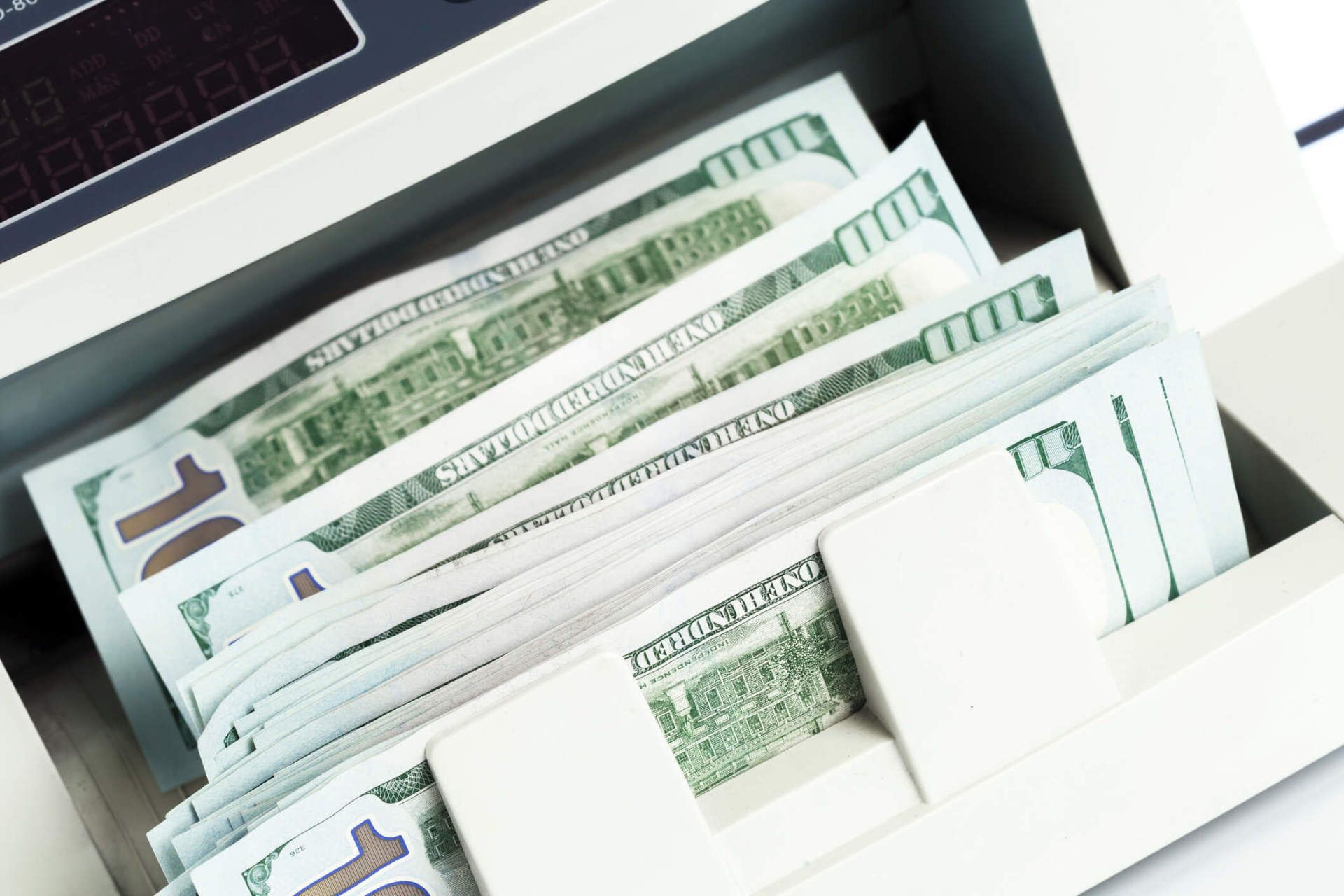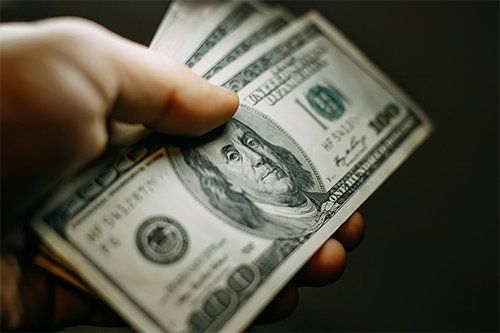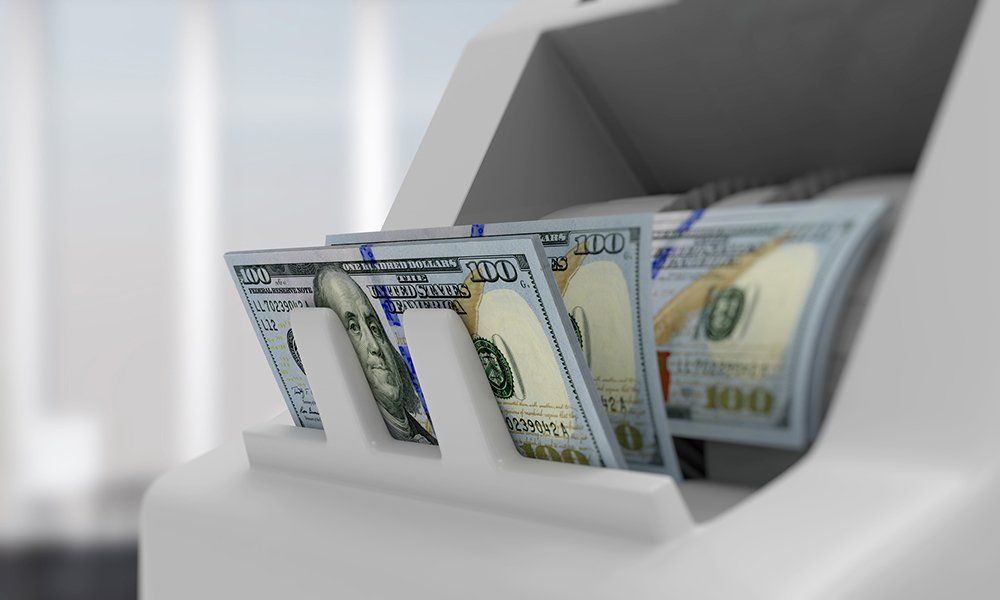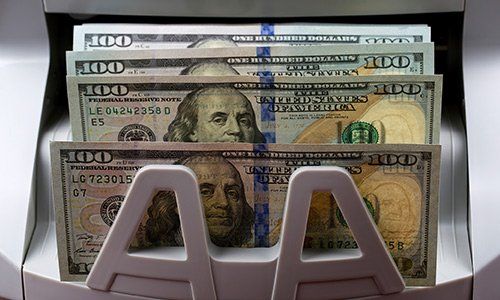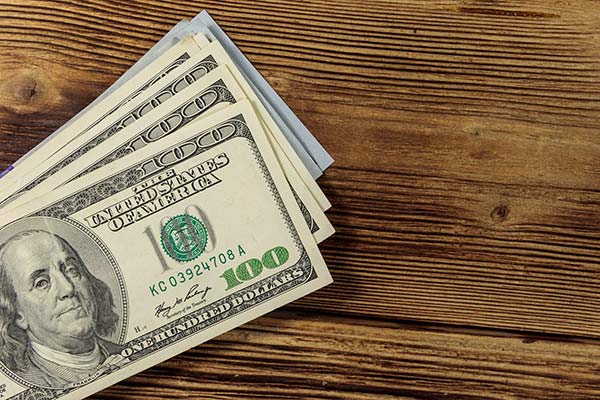FROM THE REGISTER TO THE BANK: CASH-HANDLING TIPS FOR SMALL-BUSINESS OWNERS
- By Admin
- •
- 13 Oct, 2017
- •
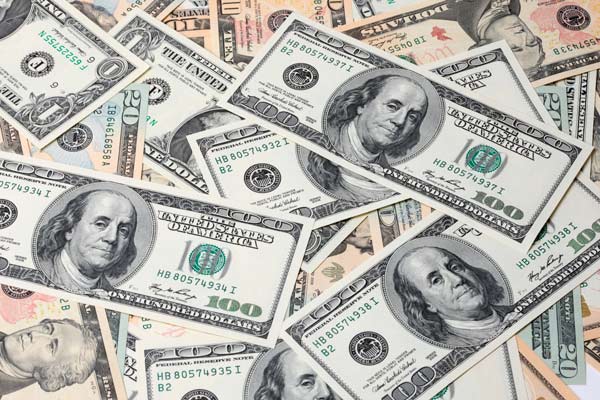
A small business cannot function without adequate cash flow. Inventory, property maintenance and employee wages are just some of the areas affected when cash-flow issues arise. It's clear that protecting the money that flows through your business is important.
Cash-handling mistakes represent just one factor that can put you in the red. From the cash register to the bank, there are several critical steps every business should take to ensure accuracy and to maintain security. Learn what practices to implement in your business to limit losses.
Cash-handling mistakes represent just one factor that can put you in the red. From the cash register to the bank, there are several critical steps every business should take to ensure accuracy and to maintain security. Learn what practices to implement in your business to limit losses.
PRACTICE A SINGLE-USER SYSTEM
Employee theft costs businesses $50 billion every year, and cash is the preferred target amongst this group of dishonest employees. Promote honesty and deter theft with a single-user system for all cash drawers. A single-user system means that only one employee is authorized to operate a drawer at a time.
When only one person is handling the cash in the drawer, it's easier to pinpoint any discrepancies that may arise. When there are multiple operators, it's challenging to determine who is responsible for any inaccuracies, which can make it harder to pinpoint the culprit.
When only one person is handling the cash in the drawer, it's easier to pinpoint any discrepancies that may arise. When there are multiple operators, it's challenging to determine who is responsible for any inaccuracies, which can make it harder to pinpoint the culprit.
EQUIP STAFF WITH COUNTERFEIT-DETECTION TOOLS
In the United States, there are hundreds of millions of dollars in counterfeit currency in circulation. Don't let some of this cash end up in your registers. When you accept counterfeit cash, think of it as an unwilling donation because the person gets to walk away with the goods, but you get nothing in return.
Equip your staff with the tools they need to quickly spot false currency, including color-shifting ink pens, watermark-detection tips, and black-light scanners. Detecting an inconsistency before the transaction is completed is key to protecting your assets.
Equip your staff with the tools they need to quickly spot false currency, including color-shifting ink pens, watermark-detection tips, and black-light scanners. Detecting an inconsistency before the transaction is completed is key to protecting your assets.
ESTABLISH DRAWER-SHORTAGE CONSEQUENCES
Consequences foster protocol, but they also serve as excellent deterrents. When an employee knows that by doing x, the result of y will follow, they're more apt to stay on target. Establish and communicate that there are consequences for cash shortages.
For example, you could determine that any discrepancy greater than $2 requires further investigation. A second shortage, no matter the amount, will also warrant an inquiry and a third occurrence raises the possibility of termination. This type of system will encourage accuracy and deter theft.
For example, you could determine that any discrepancy greater than $2 requires further investigation. A second shortage, no matter the amount, will also warrant an inquiry and a third occurrence raises the possibility of termination. This type of system will encourage accuracy and deter theft.
RELY ON A CURRENCY COUNTER
Make the close-of-day process easier, maintain concise records and improve accuracy with a currency counter. Even with good cash-handling procedures in place, there is always the threat of human error. Currency counters highlight and correct these errors.
These devices quickly and accurately count money in various forms, including loose, packed, rolled or clipped cash and coins. At the end of the counting cycle, an audit tape is automatically generated for your records. These intelligent machines are also equipped with fake-currency sensors that signal an alarm when counterfeit money is detected.
These devices quickly and accurately count money in various forms, including loose, packed, rolled or clipped cash and coins. At the end of the counting cycle, an audit tape is automatically generated for your records. These intelligent machines are also equipped with fake-currency sensors that signal an alarm when counterfeit money is detected.
MAKE THE FLOW PROCESS A JOINT EFFORT
As cash flows from the register to the bank, make each step in the process a joint effort. There should never be a single person responsible for completing the entire process. For example, at the end of a shift, require that both the supervisor and employee count the drawer and sign off on the final tally.
In the event of a discrepancy, it's more likely that the second individual will spot it, and this system of checks and balances also keeps everyone honest. Similar steps can be taken during close-of-day procedures to verify currency-counting tallies and bank-deposit forms.
Tailor and implement these procedures based on the specific needs of your business. Centering a highly accurate and intelligent currency counter at the helm of these cash-handling practices will only improve their effectiveness and efficiency.
In the event of a discrepancy, it's more likely that the second individual will spot it, and this system of checks and balances also keeps everyone honest. Similar steps can be taken during close-of-day procedures to verify currency-counting tallies and bank-deposit forms.
Tailor and implement these procedures based on the specific needs of your business. Centering a highly accurate and intelligent currency counter at the helm of these cash-handling practices will only improve their effectiveness and efficiency.
If you want your business or enterprise to successfully control and handle its cash, the solutions must begin with you. Start by doing these four things.


